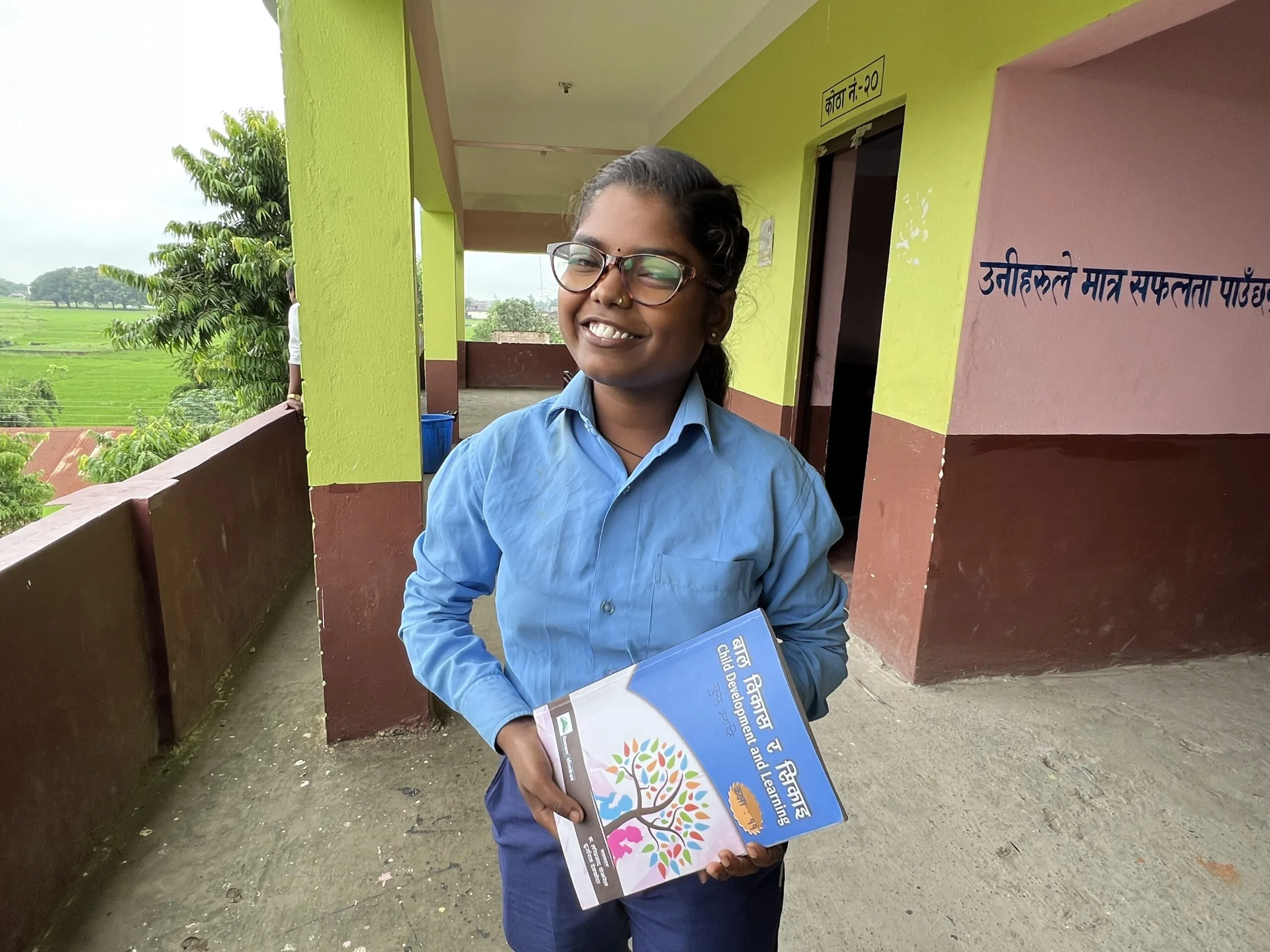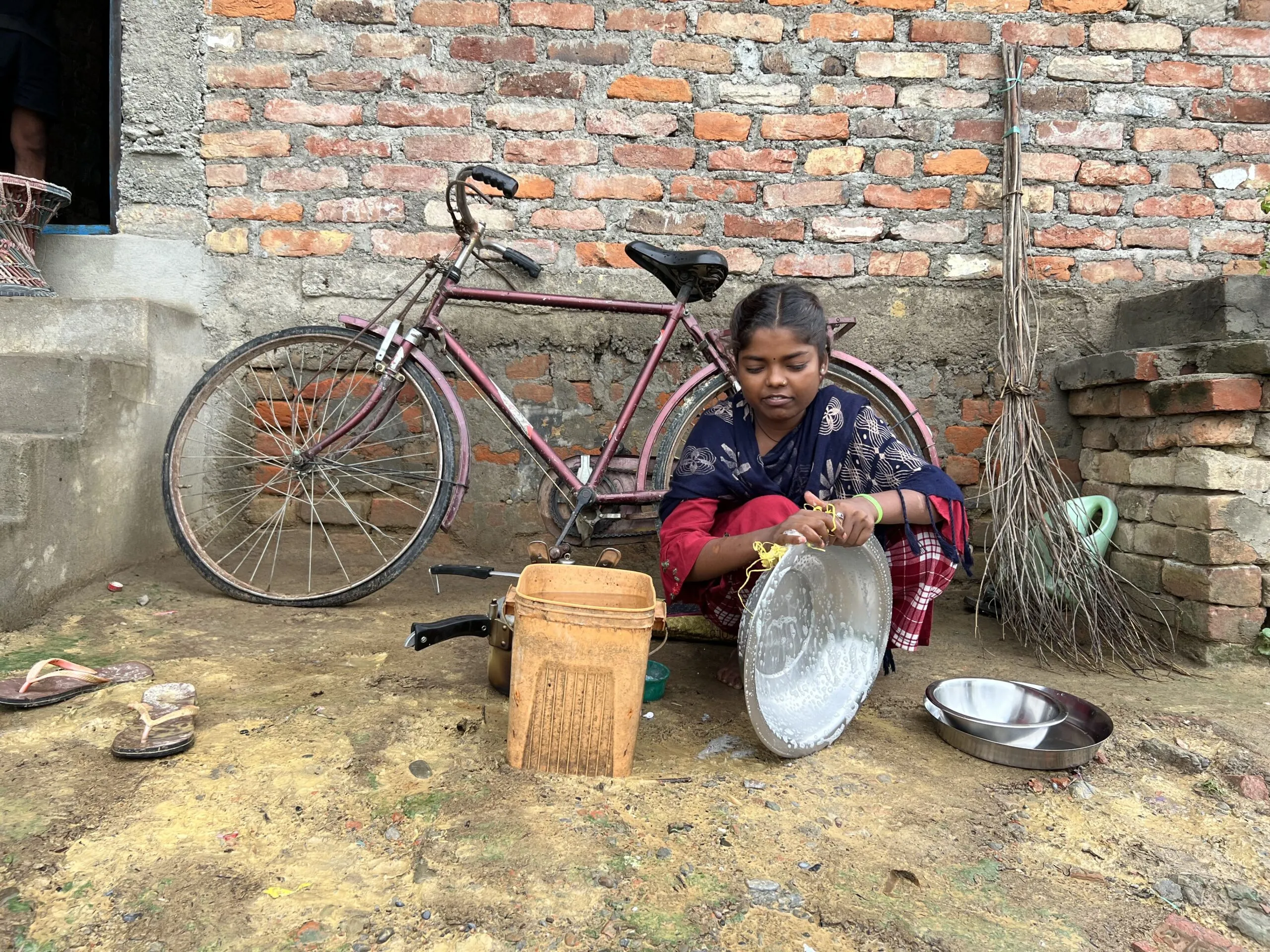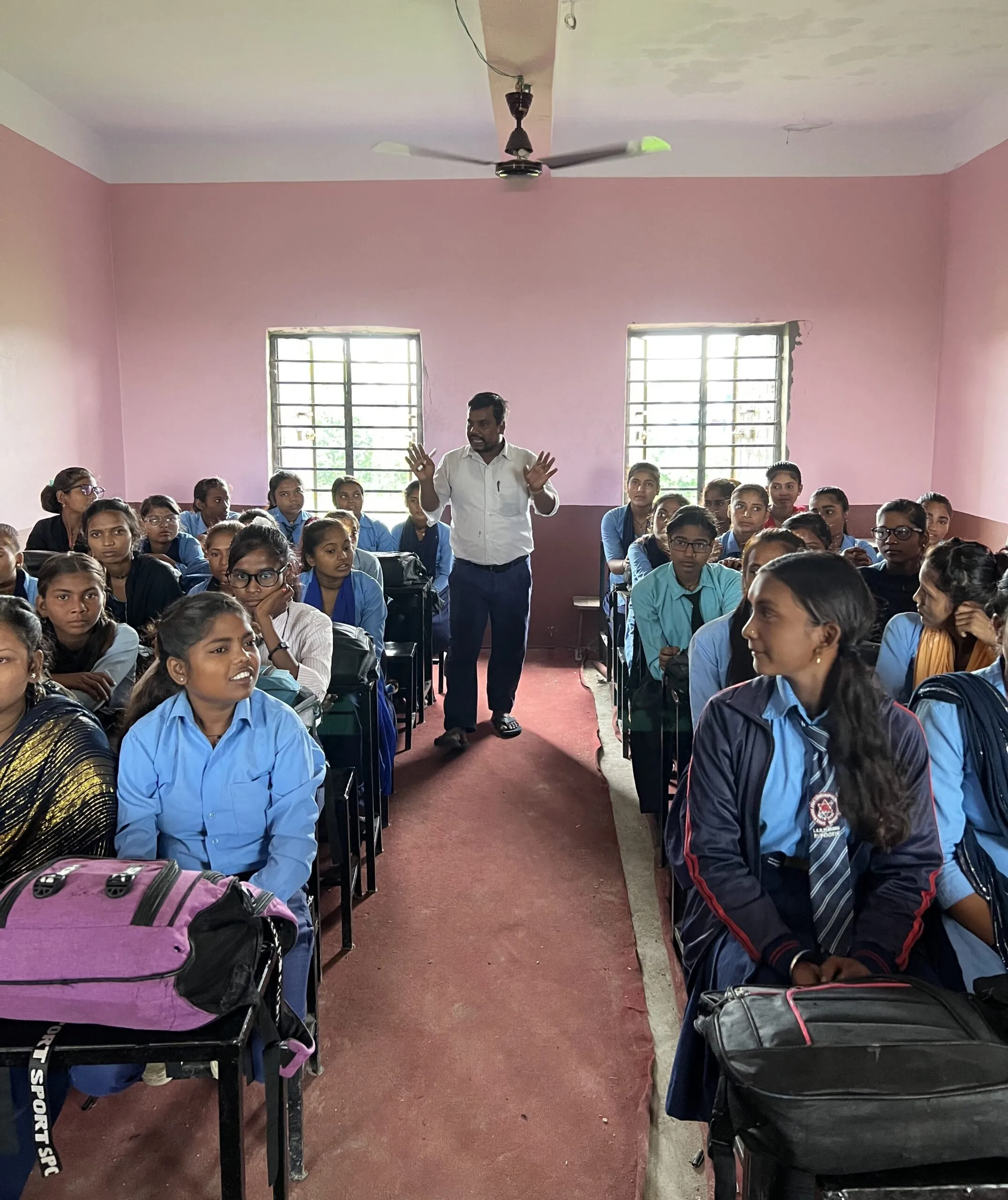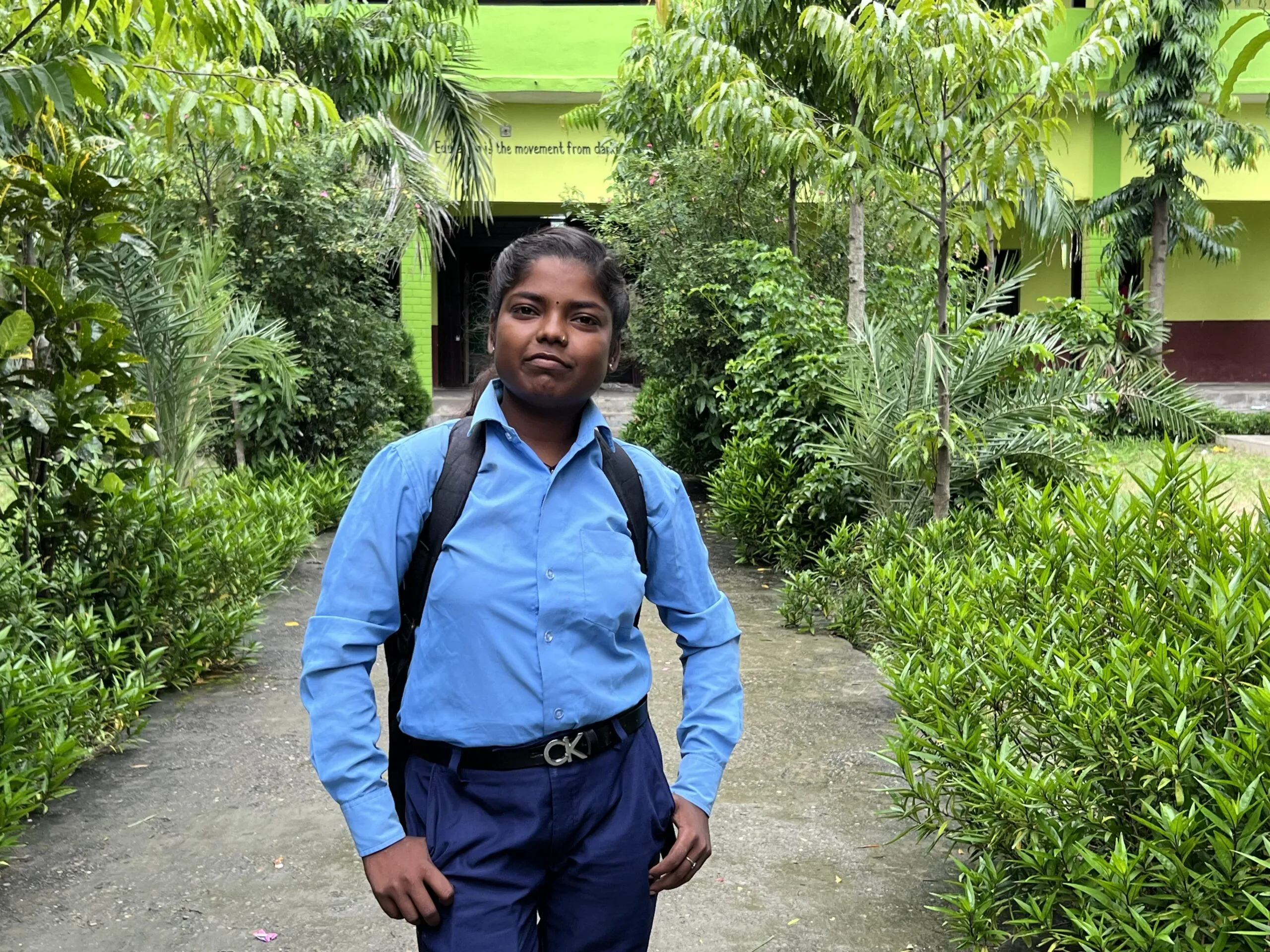In Nepal, Archana is not alone. Her sentiments are echoed by thousands of girls who are forced to drop out of school each year, primarily due to the country’s widespread poverty.
A quarter of Nepali citizens live on less than $1.25 a day, and UNICEF data shows that a child in poverty is 20 percent less likely to complete primary education than a wealthy child.
In Nepal, 18 percent of children between 12 and 14 have not completed primary education.
Among this 18 percent, 49 percent are female.
For Archana’s family, the situation was especially dire since they belong to a minority group called Dalits.
Dalits belong to the lowest stratum in the region’s age-old caste system rooted in Hinduism. This hierarchical and discriminatory social system, passed down through families for centuries, is deeply woven in Nepal’s societal fabric.
As a result, Dalits are considered untouchables by higher caste people, treated as impure, and denied access to public spaces.
Despite legal protections, Dalits are routinely subjected to discrimination and social exclusion by state and non-state power structures. Such a system severely impacts the lives of Dalit people, limiting their access to education, employment, resources, services, and social mobility.
According to the 2021 census, there are 4.5 million Dalits in Nepal, making up 15.5 percent of the total population.
About half of Nepal’s Dalits live below the poverty line.
Archana’s family is no exception. Despite the family’s day-to-day financial struggles, Archana managed to study up to grade four before dropping out of school.
“My family could not afford my education anymore,” Archana says. Paying for books, uniform, bags, and stationary was beyond the family’s capacity.
Left with no choice, Archana tried to embrace what life had to offer and move on. She took sewing classes and was working as a tailor with a relative for around three years.




